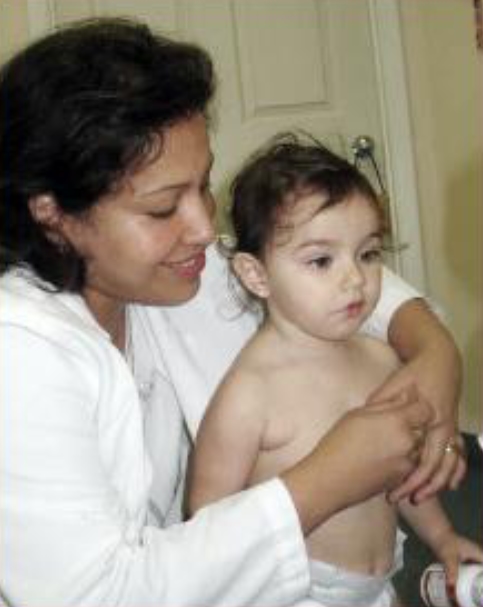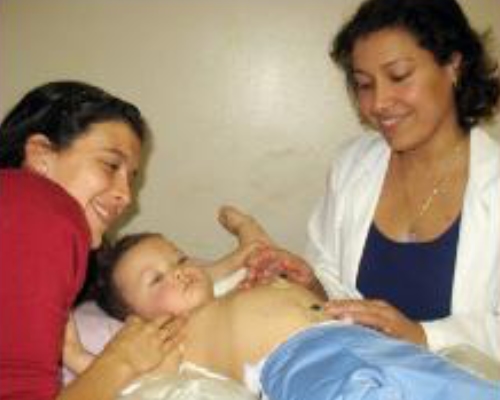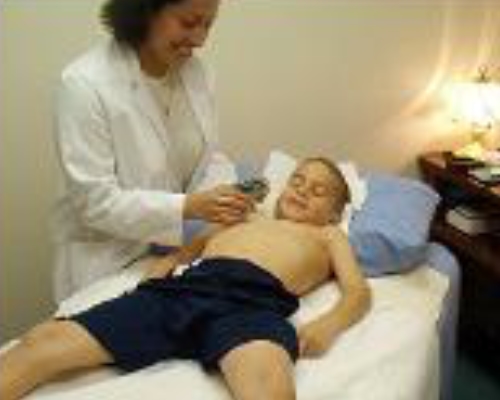Shonishin Pediatric Acupuncture
Shonishin (Sho=little, Ni=children, Shin=needle) is a specialized form of treatment for infants and children that became renowned in the 1700s in the Osaka region of Japan. To this day, Japanese parents regularly bring children for shonishin treatment, and the shonishin approach is increasing in popularity around the world.
Children’s bio-energetic systems are not fully formed and, being at the most “yang” phase of their existence, their energy (Qi) moves extremely rapidly. Consequently, children’s systems can be easily over stimulated, and health problems can progress rapidly.
Shonishin focuses on gentle, specialized, 95% Non-Inserted treatment techniques that children find comfortable and even pleasurable. Dramatic results can be obtained even with very light treatment.
The ancient classics of China, such as the Ling Shu, describe nine types of needles, several of which were clearly never intended to pierce the skin. Three of these non-inserted needles —the Enshin, the Teishin, and the Zanshin — are considered basic to the practice of Shonishin pediatric acupuncture. Over the years, many additional tools and supplementary techniques have been designed specifically for pediatric therapy. Treatments are delivered in a warm and safe atmosphere and ‘little patients’ come to play and rest while getting healthier at the same time.
Shonishin techniques involve rhythmic stroking, rubbing, tapping, and pressing the skin to give different kinds of gentle stimulation. These techniques regulate and fortify children’s vital energy, harmonize their emotional systems, and strengthen their constitution and immune system.




Shonishin is used to treat a wide variety of problems, including:
- Failure to thrive syndrome
- Weak constitution
- Colic, excessive night crying, temper tantrums
- Indigestion, GERD, constipation, and diarrhea
- Night terrors
- Attention deficit hyperactivity disorder (ADHD)
- Allergies, asthma, and colds
- Eczema and hives
- Ear infections
- Bedwetting
- Stuttering
- Cerebral palsy
- Spina bifida
The specifics of the treatment (frequency, dosage, strength) depend on the practitioner, the age, and condition of the child, among other factors. Treatments for children are actually very brief: a typical treatment generally lasts only one to five minutes. Generally speaking, the older the child, the longer the treatment. It’s particularly important that the practitioner develops a touch (and a heart) that a child responds to!
The key to successful Shonishin treatment is “less is better.” The beauty of Shonishin is its simplicity, gentleness, and effectiveness.
No Guarantee of Healing Policy
Despite our genuine commitment to be in service, noble ethical standards, and professional competence while providing the most appropriate and high quality level of care, there are no guarantees of successful treatment for any specific condition, nor promises of healing.
View Full Statement on our FAQ Page
Quick Links
